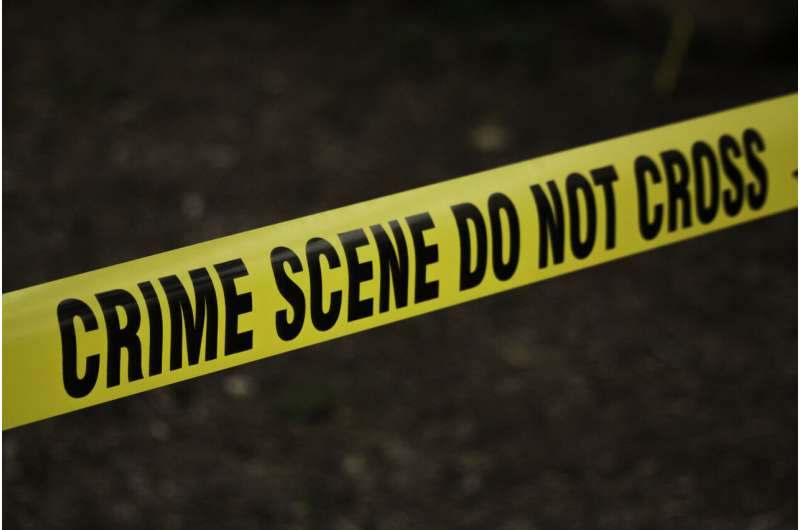Pre-cancerous—warning sign or cause for panic?

It might be a spot, lump, bump or polyp you've found suspicious or bothersome enough to ask a doctor to have a look at. The doctor sends what she has excised for testing and tells you it's "pre-cancerous". But what exactly does that mean, and is it cause for alarm?
A reminder about how cancer occurs
Our bodies are made up of more than 200 types of building blocks, or cells, which form your organs (heart, brain, skin and so forth). Over time, these cells replace each other to keep our organs healthy and functioning normally.
Ordinarily, this cell regeneration (and the controlled cell death) is exquisitely controlled. But occasionally errors are made, particularly in the gate-keeping processes that control how quickly and efficiently the cells regenerate. The process then begins to get out of control.
The older we get, and the more times our cells regenerate and replace themselves, the more chances there are for mistakes. This is why we call cancer a disease of age – one that is more likely as you grow older.
How is pre-cancer different from cancer?
Pre-cancers are abnormal cells which have undergone some changes that we know are associated with an increased risk of becoming cancerous, but are not yet cancer. These changes include alterations to the inherited material (DNA) of the cells and the way those cells talk to their neighbouring cells and the immune system.
As these changes occur, the cells develop the ability to ignore normal cues that would ordinarily signal them to die (or stop replicating). This leads to an increase in the number of pre-cancer cells that may be detectable – for example, a mole on your skin made up of melanocytes (pigmented cells) or a small polyp in your colon that shows up during a colonoscopy.
Additional or more powerful changes occur to switch these pre-cancers to cancer, and the chance of this happening is different for each cancer. Cancer occurs when cells become completely deaf to normal signals that constrain growth and regeneration, allowing them to start moving away from their proper location, upsetting their resident tissue and other organs around the body.

Not all pre-cancers are equal
Pre-cancers can take a long time to develop into cancer, many in fact will not progress but some can progress remarkably fast. It's this risk of cancer that clinicians and scientists are trying to prevent.
Doctors currently use a combination of the size, number, location and appearance of precancers together with molecular changes and patient history (for example exposure to known environmental risk factors such as long-term sun exposure, or a genetic susceptibility such as family history of bowel cancer) to predict the overall likelihood of cancer developing.
This risk assessment determines whether a pre-cancer needs to be removed and the screening interval for follow-up with the patient. This evaluation is based on the best available data and medical researchers are working hard every day to understand more about what contributes to this risk to identify better, absolute markers for pre-cancers that will progress to cancer.
So if your spot, lump or bump wasn't cancer, you have found it early and this is good news. Having a pre-cancerous condition doesn't mean you have cancer, or that you will definitely develop cancer. But pre-cancerous conditions might develop into a cancer, so it's important to monitor your health.
Early detecting
In Australia, cancer screening has been implemented for many decades. We have a number of screening options for skin cancer (regular skin checks by GPs and specialists), breast cancer (mammograms, available free for women 50-74), cervical cancer (screening test, available free for women 25-74) and bowel cancer screening (also known as colorectal cancer), performed through the National Bowel Cancer Screening program (available free to every Australian aged 50-74) through a faeces test.
The same precautions that reduce your chances of cancer are likely to reduce the earliest changes associated with pre-cancer.
In addition to regular screening, quit smoking, protect yourself from excess sun, eat a balanced diet with plenty of fibre and exercise regularly. And as always, if you have any concerns or would like more information, talk to your doctor.
This article was originally published on The Conversation. Read the original article.![]()





















